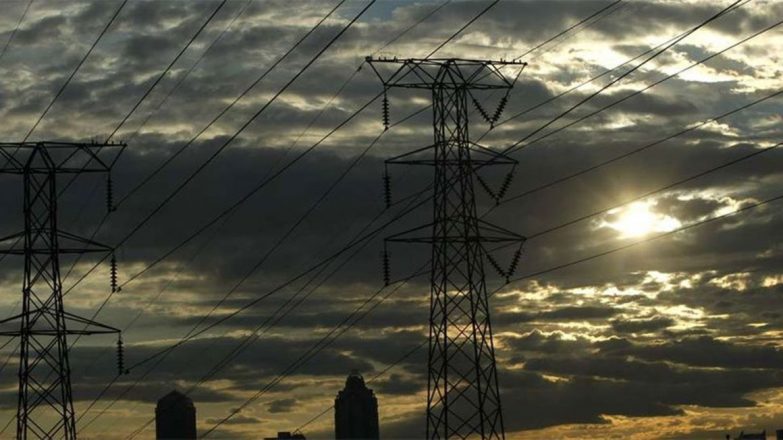
Electricity consumption by homes and factories in Kenya hit an all-time high in the first six months of this year, indicating improving economic activities in the country.
Data from the Kenya National Bureau of Statistics (KNBS) shows homes and factories consumed 4,690.49 gigawatts hours (GWh) in the six months to June compared to 4,296.23 GWh in the same period last year.
The electricity consumed by large commercial users and domestic consumers was also higher from 4,413.56GWh in the first year period of 2019.
Commercial and industrial consumers account for the largest share of electricity sales at 55 percent, followed by domestic at 29 percent, according to data from Energy and Petroleum Regulatory Authority.
Small businesses and street lighting account for 15 percent and one percent respectively.
Power consumption is often an indicator of the number of electrical equipment plugged onto the national grid — including home appliances such as TVs, electric cookers, washing machines, and industrial machinery — pointing to economic output.
The jump in the uptake of the power produced in the country comes after a decline in demand for electricity last year when industries and other businesses cut down their activities in response to the Covid-19 pandemic.
Last year, there was a slowdown in economic activity caused by delays in the global supply of materials, reduced operating hours, and production capacity due to low demand.
The increase in power consumption points to the resumption of activities in the manufacturing sector and large businesses such as malls and offices.
Some companies continue to allow their employees to work from home, indicating higher consumption from households.
During the Monetary Policy Committee meeting last month, Central Bank of Kenya Governor Patrick Njoroge said there was recovery noted in manufacturing, with evidence of demand for credit.
“Growth in private sector credit increased to 7.7 percent in June 2021, from 6.8 percent in April. Strong credit growth was observed in the following sectors: manufacturing (8.1 percent transport and communications (11.8 percent), and consumer durables (23.4 percent). The number of loan applications picked up in June, reflecting improved demand with increased economic activities,” he said.
The new record was also set for power generated during the half-year period at 6076.24 GWh, compared to 5586.21 GWh produced in the same period last year.
This places the idle electricity in the period at 1385.75 GWh, the highest since 2018, increasing the financial burden on consumers.
Payments for idle electricity are a pass-on cost to consumers.
This is through a take-or-pay clause contained in contracts signed between government and power producers compelling distributing company, Kenya Power to buy the agreed amount of electricity regardless of whether or not the utility needs the energy.
The excess generation has been a major challenge for Kenya Power and taxpayers amid increasing electricity tariffs over the last years.
Consumption bands
As of this month, domestic customers are charged between Sh17.75 and Sh24.77 per kilowatt-hour (kWh), depending on consumption bands.
Small commercial businesses are paying Sh17.75 to Sh24.53 per kilowatt-hour.
The bills include the cost of power, distribution, and taxes. They are also dependent on the currency exchange rate, inflation, and fixed charges – which account for 54 percent of the total bill.
The tariffs hurt households already struggling with tight budgets. Businesses, weighed down by elevated fuel expenses, largely passed on the additional costs to consumers, raising prices of goods and services.
KNBS data shows generation from geothermal sources has increased over the period due to increased production by KenGen at Olkaria plants.
Power generated from wind has also jumped following an increase from wind projects such as Lake Turkana Wind Plant with a capacity of 310 MW.
Kipeto Energy has concluded full connection of its wind power project to the national grid, adding 100 megawatts to Kenya Power.
Geothermal and wind power have helped reduce dependence on hydropower plants, which have higher fuel energy costs.









